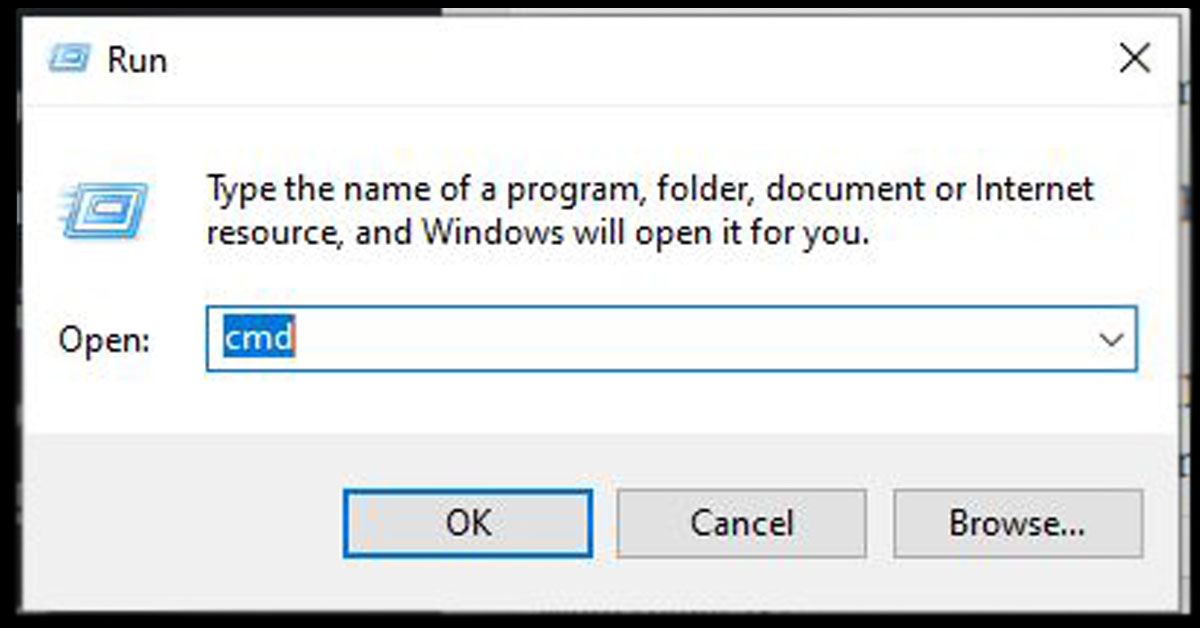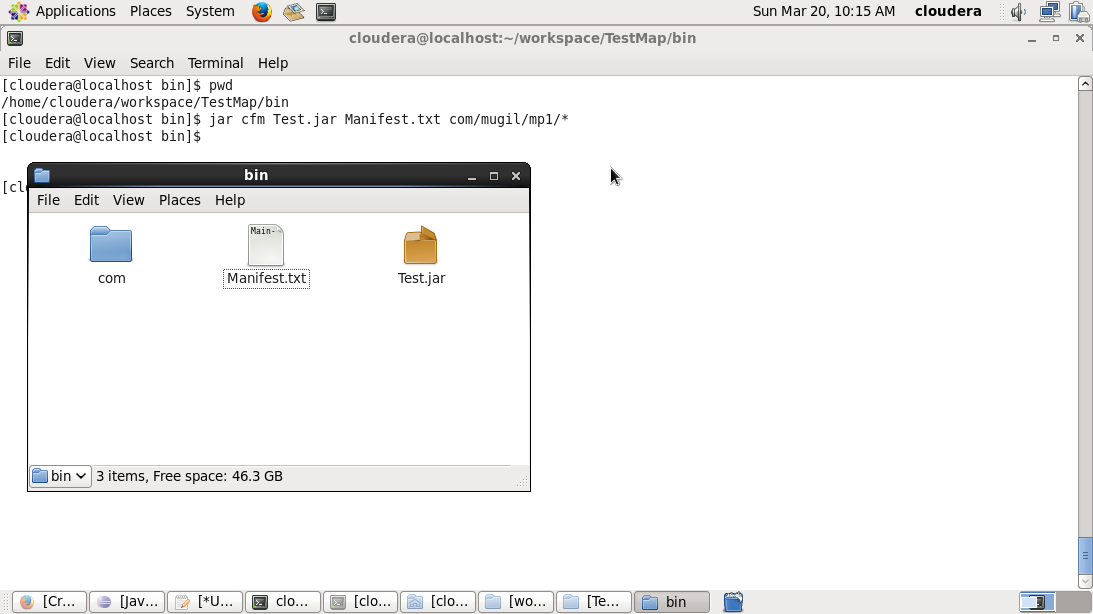

- #Java jar file run how to#
- #Java jar file run archive#
- #Java jar file run software#
- #Java jar file run code#
The typical invocation is java -jar foo.jar from a command line. Some operating systems can run these directly when clicked. Executable JAR files have the manifest specifying the entry point class with Main-Class: myPrograms.M圜lass and an explicit Class-Path (and the -cp argument is ignored). The content of JAR files may be obfuscated to make reverse engineering more difficult.Īn executable Java program can be packaged in a JAR file, along with any libraries the program uses.

#Java jar file run code#
This prevents malicious code from being inserted into an existing package, and so gaining access to package-scoped classes and data. It can also support 'sealed' packages, in which the Classloader will only permit Java classes to be loaded into the same package if they are all signed by the same entities. When the Java runtime loads signed JAR files, it can validate the signatures and refuse to load classes that do not match the signature. Multiple entities may sign the JAR file, changing the JAR file itself with each signing, although the signed files themselves remain valid.
#Java jar file run archive#
The JAR itself is not signed, but instead every file inside the archive is listed along with its checksum it is these checksums that are signed. In that case, the signature information becomes part of the embedded manifest file. The contents of a file may be extracted using any standard compression software, or the jar command line utility: " -xf foo.".ĭevelopers can digitally sign JAR files. For instance, a Classpath entry can be used to specify other JAR files to load with the JAR.

#Java jar file run how to#
The entries in the manifest file describe how to use the JAR file. JAR file elements may be compressed, shortening download times.Ī JAR file may contain a manifest file, that is located at META-INF/MANIFEST.MF. You can create a JAR file using by executing this command with the options c, v, f Following is the syntax to create a JAR file using command prompt − jar cvf jar_file_name output_path ExampleĬreate a java file with name Sample.A JAR file allows Java runtimes to efficiently deploy an entire application, including its classes and their associated resources, in a single request. C change to the specified directory and include the following file i generate index information for the specified jar files M do not create a manifest file for the entries P preserve leading '/' (absolute path) and "." (parent directory) components from file names e specify application entry point for stand-alone application bundled into an executable jar file n perform Pack200 normalization after creating a new archive m include manifest information from specified manifest file v generate verbose output on standard output x extract named (or all) files from archive Java provides jar command to work with jar files if you execute it in the command prompt you will get the execution syntax and options of this command as shown below − C:\>jar If you have any library in this format to use it In your application either you need to place it in the current (or, lib) folder of the project or, you need to set the class path for that particular JAR file. All the predefined libraries are available in this format.
#Java jar file run software#
This file format is used to distribute application software and libraries in Java.

class files, images, text files, libraries that are required to execute the application or, library. For packaging of class files Java provides a file format known as JAR (Java Archive).


 0 kommentar(er)
0 kommentar(er)
